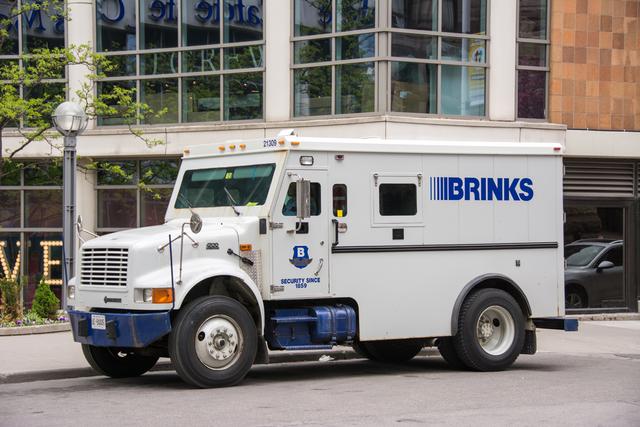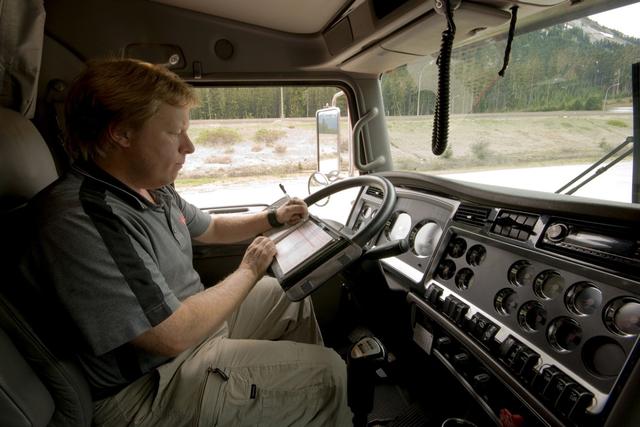Trucking

Overview
Trucking in the United States is a nearly $797 billion business, as of 2018, and moved more than 71 percent of American freight—nearly 11.5 billion tons—that year. It is an integral part of the nation's economy. Almost everything Americans eat, wear, or use at home or in business travels at least partly via truck. Trucking and related businesses employ millions of people, but roughly half of these workers don't drive trucks.
Two main groups comprise the trucking industry. The largest employers in the field are for-hire carriers, which are further separated into common carriers and contract carriers. The other main group is private carriers, trucking fleets owned by businesses to ship their products. About 6 percent of truck drivers are self-employed as independent owner-operator drivers who have contracts with a variety of companies or lease their services to a regular client.
The majority of workers in the industry are drivers. In 2017 and 2018, there were about 3.5 million truck drivers employed in the U.S. It takes a variety of other workers, however, to keep trucks running and goods moving. Dispatchers coordinate freight shipments and trucks; traffic, shipping, and receiving clerks record shipments arriving and leaving; billing clerks maintain company records and customer invoices; mechanics perform maintenance and keep trucks running; logistics engineers plan the most efficient ways to ship goods. In addition, trucking also supports jobs for office workers, administrators, sales and marketing professionals, human resources workers, and executives.
The strength of the industry is tied to the economy. When business is good and manufacturers need to ship lots of products, trucking companies and drivers do well. When the economy slows, as in the Great Recession, trucking business slows as well. However, the future looks bright, and employment in trucking is projected to grow at a steady pace through 2028. Growing Internet retail business sho...













